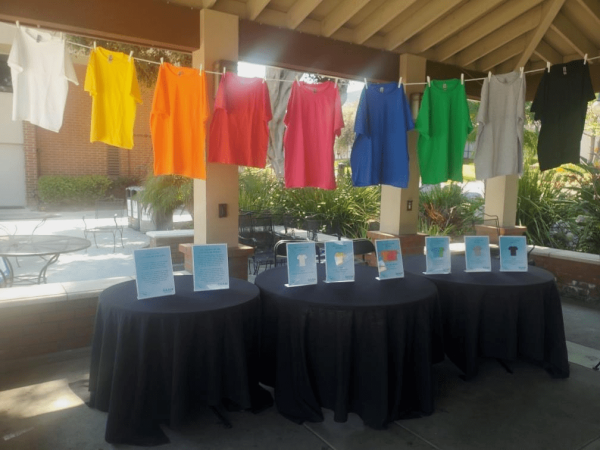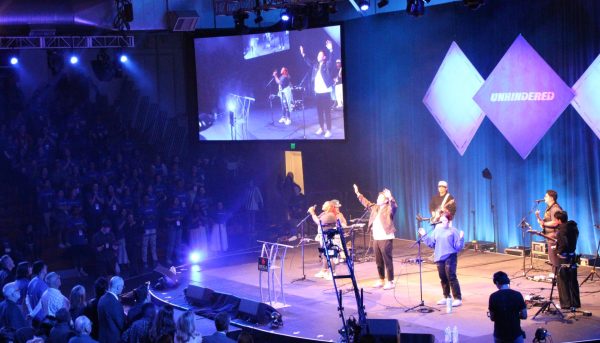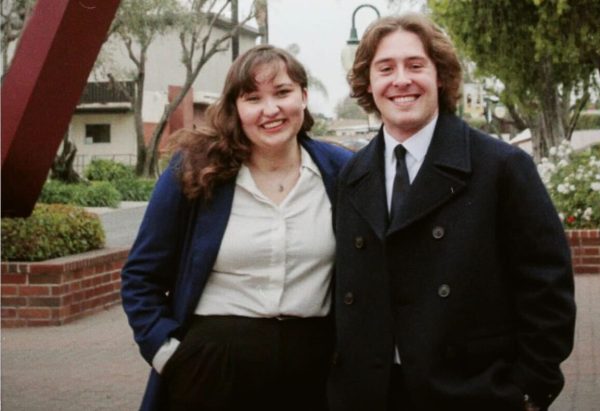Improvements made to Biola’s emergency response manual
Campus Safety and the Biola emergency response team discuss disaster plans and the updated safety manual at their most recent meeting.
October 29, 2011
Correction: John Ojeisekhoba was originally misquoted, but the misquote has been replaced with the correct quote. The Chimes regrets this error.
Biola’s emergency response team met last Friday to discuss improvements made within the last year to their emergency response plan as well as to brainstorm ideas for future plans. The team comprises managers and directors from a number of departments — such as the health center, Auxiliary Services and Information Technology — that will play crucial roles should Biola face a major crisis such as an earthquake or fire.
Emergency response team able to undergo training
Campus Safety employee Carissa Arango, Ken Bascom, director of Facilities Planning, and Chris Reyes, environmental systems manager contributed updates at the meeting, which was led by Campus Safety chief John Ojeisekhoba.
Fourteen of the emergency response team members recently went through Community Emergency Response Team training through the La Mirada Fire Department, according to Ojeisekhoba. The training is designed to equip citizens who are not professional emergency services personnel to efficiently and effectively assist others in emergency and disaster situations. Because CERT receives government grants, the emergency response team was able to undergo that training with no cost to Biola.
Campus is well prepared for possible disasters
Bascom shared the results of an inspection of Biola’s residence halls and apartments for their ability to withstand a significant earthquake. None of the dorms are at risk for collapse, he said, but the Tradewinds, Beachcomber and Lido Mirada apartments, which Biola did not construct, are classified as high risk. Bascom said that in response, Biola is looking into installing steel frames on the exterior of those buildings to provide extra support. The frames can be covered in stucco to blend in with the rest of the building.
Reyes and Ojeisekhoba reported that Biola has acquired two new generators capable of supporting parts of campus if there is a long-lasting power outage. The school already owned several small generators, but none powerful enough to support entire buildings. If used at a dorm, one of the generators will be able to supply enough electricity to run emergency lights in the halls and bathrooms. The other generator will most likely be reserved for Metzger, where IT and Campus Safety’s control room are located.
In addition to the generators, Biola purchased 300 small lanterns that can be used in key buildings such as Metzger, the Caf and the dorms.
Ojeisekhoba said Biola decided to make those purchases after the major power outage that happened during homecoming weekend in 2010, when the campus was without electricity almost continuously for about 23 hours.
Collaborating with students
Ojeisekhoba also said the emergency response team has begun coordinating with the Chapel Board to plan how to safely evacuate students if a crisis happens during chapel.
“We are glad we’re able to do something with the student groups, and we would like to do more,” he said.
Planning long-term
Lastly, the team discussed how Biola would respond if a catastrophe with long-term effects, such as a devastating earthquake, were to occur. Ojeisekhoba said that in such a situation, Biola would need to be prepared to operate without the assistance of outside emergency responders, such as the fire department, and potentially without the ability to use cellphones or the Internet. The team brainstormed how they would work to keep supporting all the students on campus and how to evacuate whenever doing so became possible, as well as how Biola would be able to keep running from a business standpoint.
Ojeisekhoba said that as long as cellphone service is still available, the Everbridge emergency notification system that Biola uses will play a crucial role in communicating with both students and staff in a disaster situation. Currently, many students and staff have not yet signed up to receive text and voicemail emergency updates via that system, which would make it far more difficult for the emergency response team to communicate vital information to them.
Near the end of the meeting, Ojeisekhoba distributed copies of Biola’s newly updated emergency operations plan, which is 68 pages long and outlines detailed response procedures for situations from earthquakes to bomb threats.






